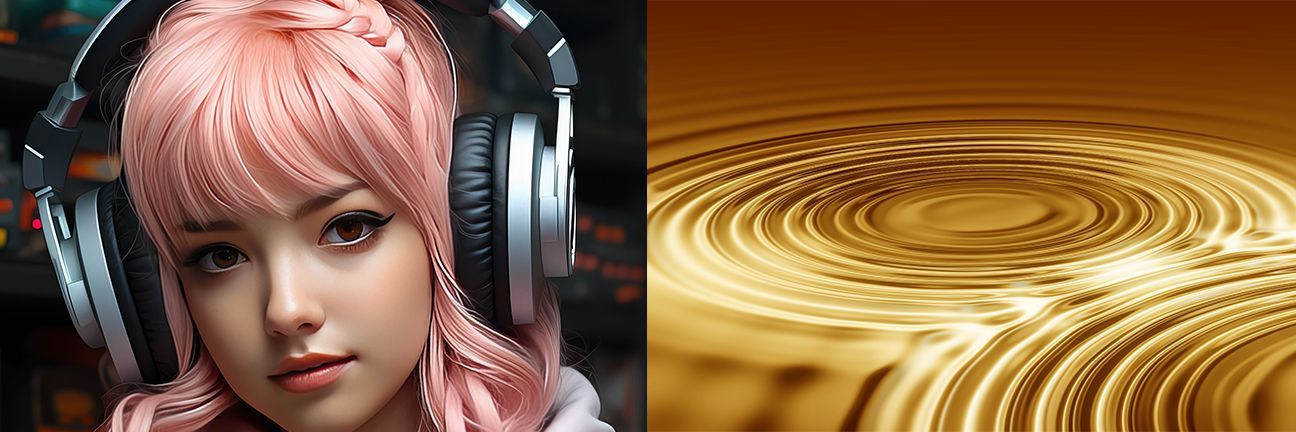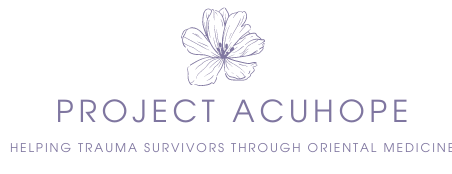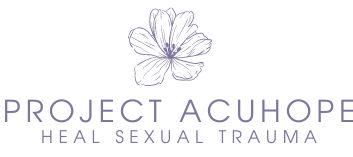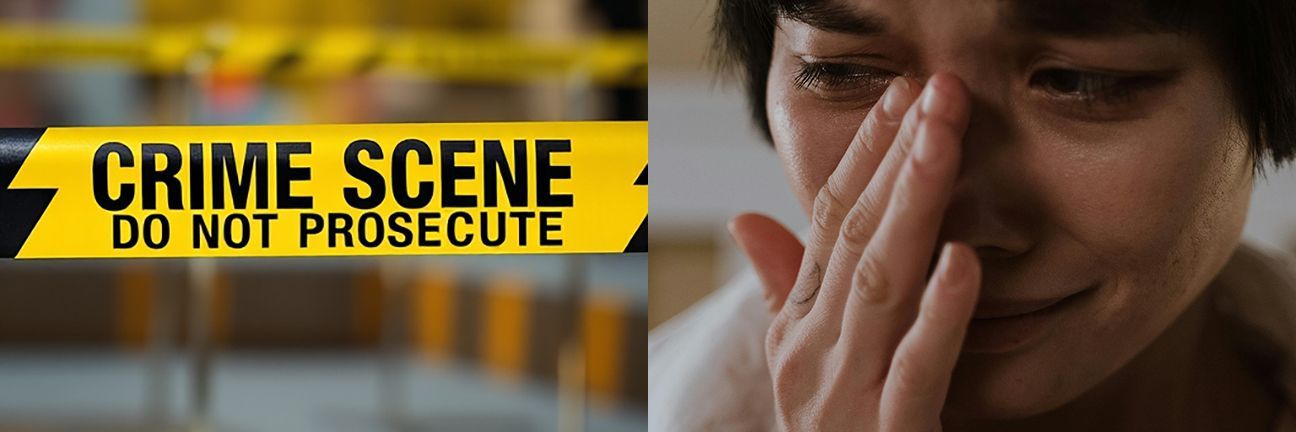When Trauma Sends a Shock to the Heart
Restoring the Bridge Between Heart and Womb
Some wounds are visible. Others are silent, leaving no mark on the skin but shaking us to the core. For many survivors of sexual assault, the impact is not only emotional — it is physiological, deep in the body’s most vital pathways.
In Chinese medicine, there is an ancient understanding of a bridge that connects the heart, the seat of our spirit, with the womb, the center of creation and vitality. This bridge, known in classical texts as part of the body’s deepest energy network, carries not just blood but bioelectric life force.
When a profound violation occurs, this current can be abruptly disrupted. Acupuncturist Lonny Jarrett has described a pattern he calls Heart Shock — a sudden, penetrating shock to the heart that reverberates through the nervous system and the body’s deepest channels. For survivors, this can feel like someone has broken into the most sacred chamber and severed the conversation between love, safety, and sexuality.
The good news is that the bridge can be restored. Through gentle, holistic care, it is possible to reestablish flow between the heart and the womb — to help survivors feel whole, grounded, and at home in their own bodies again.
The Heart–Womb Connection in Chinese Medicine
In classical Chinese medicine, the Chong meridian — often called the Sea of Blood — is the first channel to form in the developing body. It links the Heart, the Kidneys, and the Uterus in a deep current of essence, blood, and bioelectric vitality.
The Chong is not simply a line on an acupuncture chart. It is a living conduit — a primary energetic current that moves between the depths of our being and the heart. This current nourishes life, regulates the menstrual cycle, and connects our emotional core with our reproductive center.
When this current runs smoothly, the heart and womb communicate in harmony. Our emotions flow freely, our cycles are balanced, and our sense of self feels intact.
When the Bridge Is Broken
Because the Chong directly connects the uterus with the heart, a violation of the sexual center can send a shockwave into the emotional and spiritual heart. This is not just an emotional metaphor. The bioelectric current of the meridian can be violently disrupted, creating lasting imprints in the nervous system and the body’s deepest channels.
When the dialogue between the Heart and Kidneys is broken, symptoms may appear on many levels:
- Irregular cycles or fertility issues
- Palpitations or anxiety
- Dissociation or emotional numbness
- An enduring sense of disconnection from one’s own body
It can feel as if someone has entered the most sacred chamber and severed the natural rhythm between love, safety, and sexuality.
The Sea of Blood and the Memory of the Body
The Chong meridian is considered the Sea of Blood — a storehouse not only of physical vitality, but of deep memory. It carries the blueprint of our earliest formation in the womb, and even echoes of ancestral experience through the Kidney essence.
Trauma leaves traces here. These imprints can affect both physical health and our ability to feel safe and whole. This is why healing from sexual assault often requires more than talk therapy — the body itself must be gently guided to restore the heart–womb connection.
Pathways to Healing
Acupuncture, herbal medicine, and other traditional therapies can help regulate and repair the Chong meridian. In treatment, a practitioner may choose points that:
- Calm and protect the Heart
- Nourish the Blood
- Reconnect the Heart and Kidneys
- Harmonize the Uterus
These treatments are not quick fixes. They are part of a gradual process of reestablishing flow, trust, and safety within the body. Over time, survivors often report feeling more grounded, more present, and more at home in themselves.
Healing the Chong meridian is not about erasing what happened. It is about restoring the deep current that makes you whole — reestablishing the bridge between your heart and your womb, so that you can live with both strength and softness again.











